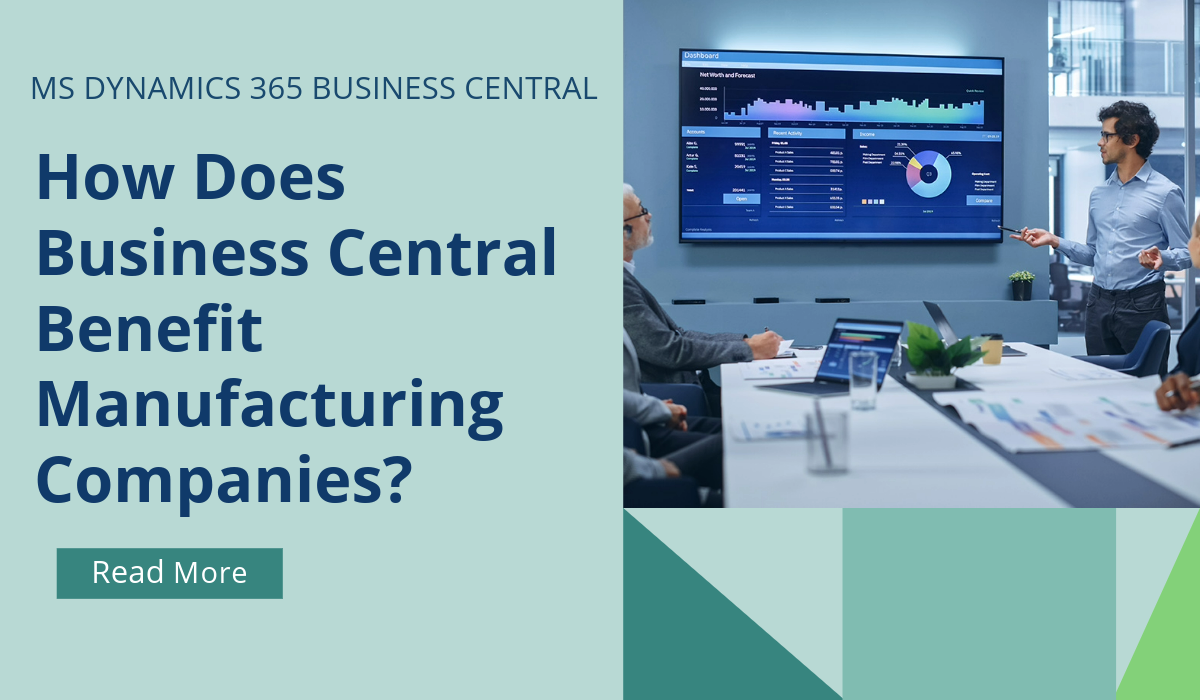
Looking for a visual scheduling solution for Business Central?
Netronic is Gantt chart software for visual scheduling within Microsoft Dynamics 365 Business Central.
We recently spent some time with Lawin Ileto, Netronic’s Team Lead for Business Central Sales & Marketing. We asked him a few questions about their product and why it’s such a great add-on to Business Central.
Read on to learn more about Netronic.
Who is Netronic appropriate for?
NETRONIC’s visual scheduling solutions are positioned for Business Central customers, who are in manufacturing. Typically we see customers use external applications (not connected whatsoever to Business Central) or in most cases, Excel to do their own scheduling. Initially, our customers have issues understanding their capacity utilization, missing delivery dates, and scheduling while taking into account material availability, committing delivery dates for new orders and managing a fast-changing schedule.
We support most types of manufacturing customers with two products – the Visual Production Scheduler (VPS) and the Visual Advanced Production Scheduler (VAPS). Without going into much detail, most of our customers fall under the following categories: repetitive manufacturing, discreet process manufacturing and configure to order. Although our main focus is manufacturing, we also support customers using Jobs (Projects) with our Visual Job Scheduler.
How can Netronic help my business?
We will help you get a better understanding of what is going on in your shopfloor, therefore getting a grip on your planning and scheduling. We provide you with tools to make better decisions when you schedule new orders or reschedule existing ones.
This also includes making changes on the fly when a machine breaks down or one of your staff gets sick. Having a total view of your orders, and the tools to manage changes and capacities keeps you in charge of the manufacturing side of your business.
I’m on NAV right now, but I’ll probably upgrade to Business Central in the next few years – does Netronic support that?
Unfortunately, we no longer sell to customers on NAV (we just stopped selling last December for customers on NAV 2018). We try to follow Microsoft’s lifecycle policy, for more information around this, you can follow this link: https://www.netronic.com/support/product-lifecycle-policy.
What will I need to support the running of Netronic?
You will need at least either of the latest 3 versions of Business Central – either SaaS or On-Prem. Premium licenses will be needed as our products relate to manufacturing. In terms of master data and setup, you will need to have at least production orders (with routings) and work or machine centres (with capacity).
What does implementation look like?
The products can be simply downloaded from AppSource. The Visual Production Scheduler (the simpler product) is literally a plug-and-play once you have the data required to run the solution. The learning curve is quick as it is a fairly simple product. Its big brother the Visual Advanced Production Scheduler, is a bit more advanced – hence the name! – and therefore a little more complicated.
With this product, we introduce new functionality into Business Central – for this reason, we offer chargeable training courses as well as access to our online training academy with self-paced learning.
Ready to get started harnessing the power of Netronic?
Get in touch: https://bit.ly/3k71yLx
March 13, 2024
RECENT POSTS
Business Central How-To: FastTabs & FactBoxes
Business Central, a user-friendly ERP system, has plenty of terminologies specific to the product, and if you’re moving across to BC from some other program, or even considering an upgrade from NAV to BC, it [...]
How Does Business Central Handle Inventory Management?
Inventory Management is a module in Business Central that helps SMBs manage their inventory and other operations within a single platform. SMBs can track, manage, and optimise stock levels across locations. Microsoft Dynamics [...]
How Does Business Central Benefit Manufacturing Companies?
Manufactured products are part of everyone's lives. From the car that you drive, the mobile phone that you use, to the milk that you drank for breakfast. Companies that create these products must [...]


